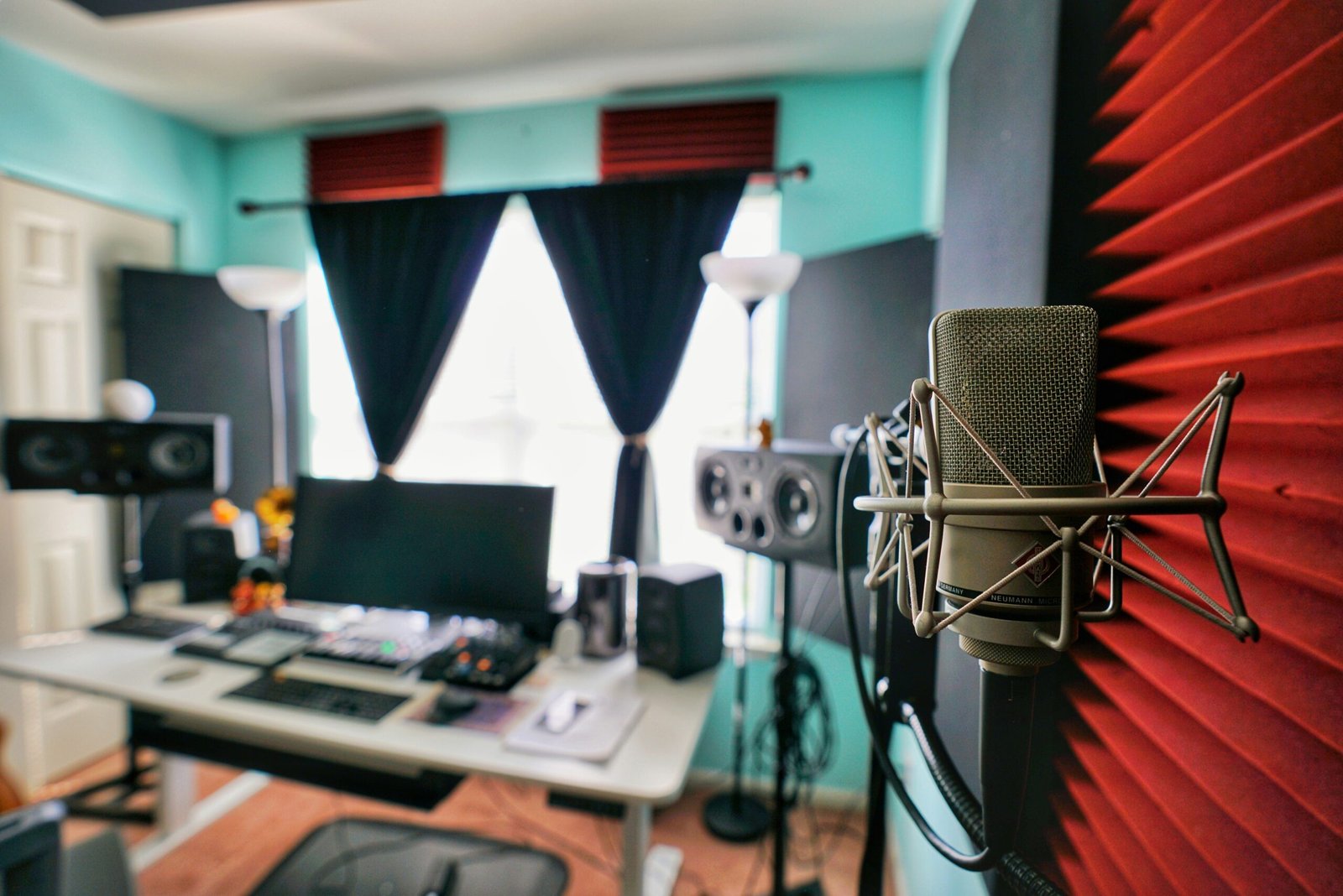In recent years, the music industry has witnessed a significant shift in the way music is produced. Gone are the days when artists had to rely on expensive recording studios and record labels to create and distribute their music. With the advent of technology, the rise of the internet, and the increasing affordability of recording equipment, a new trend has emerged – the DIY music production boom.
More and more artists are setting up their own home recording studios, allowing them to take full control of their music production process. This trend has empowered independent artists and revolutionized the music industry in several ways.
Accessibility and Affordability
One of the key factors driving the DIY music production boom is the accessibility and affordability of recording equipment. In the past, setting up a professional recording studio required a significant investment in expensive equipment and studio space. However, with advancements in technology, high-quality recording equipment has become more affordable and compact. Artists can now purchase a home studio setup that fits their budget and space constraints.
Moreover, the availability of free or low-cost recording software has made it easier than ever for artists to produce high-quality music from the comfort of their own homes. With just a computer and a few basic peripherals, artists can now create professional-sounding recordings without breaking the bank.
Creative Control
Another significant advantage of home recording studios is the level of creative control they provide to artists. In a traditional recording studio, artists often have to work within the limitations imposed by the studio’s schedule, equipment, and personnel. This can hinder their creative process and limit their artistic vision.
With a home studio, artists have the freedom to experiment and explore their musical ideas without any external pressure. They can record and produce music at their own pace, allowing them to fully express their creativity and vision. This level of control empowers artists to create music that is truly authentic and personal.
Flexibility and Convenience
Setting up a home studio also offers artists the flexibility and convenience to work on their music whenever they want. Unlike traditional studios, which operate on specific hours and require advance booking, home studios are available 24/7. Artists can work on their music late at night or early in the morning, depending on their schedule and inspiration.
Additionally, home studios eliminate the need for artists to travel to a physical location, saving them time and money. They can work in a comfortable and familiar environment, which can enhance their creativity and productivity. This convenience has made home studios an attractive option for artists who value flexibility and independence.
Community and Collaboration
The DIY music production boom has also fostered a sense of community among independent artists. With the rise of online platforms and social media, artists can connect and collaborate with other musicians from around the world. They can share their music, seek feedback, and collaborate on projects without the need for physical proximity.
This sense of community has opened up new opportunities for artists to collaborate and expand their networks. They can collaborate on songs, remixes, and even entire albums, creating a rich and diverse musical landscape. This collaborative spirit has not only enriched the music produced by independent artists but has also challenged the traditional notion of competition in the music industry.
Conclusion
The DIY music production boom has revolutionized the music industry, empowering independent artists and democratizing the music production process. With the accessibility and affordability of recording equipment, artists can now set up their own home studios and take full control of their music production. This has led to increased creativity, flexibility, and collaboration among artists, creating a vibrant and diverse music scene.
As the trend continues to grow, it is clear that the home studio revolution is here to stay. Independent artists have found a new way to express themselves and reach their audience, challenging the traditional music industry and paving the way for a more inclusive and artist-driven future.




































